Lifetime Experience in Nepal
Nepal is a small landlocked country located in South Asia, between India and China. It is known for...
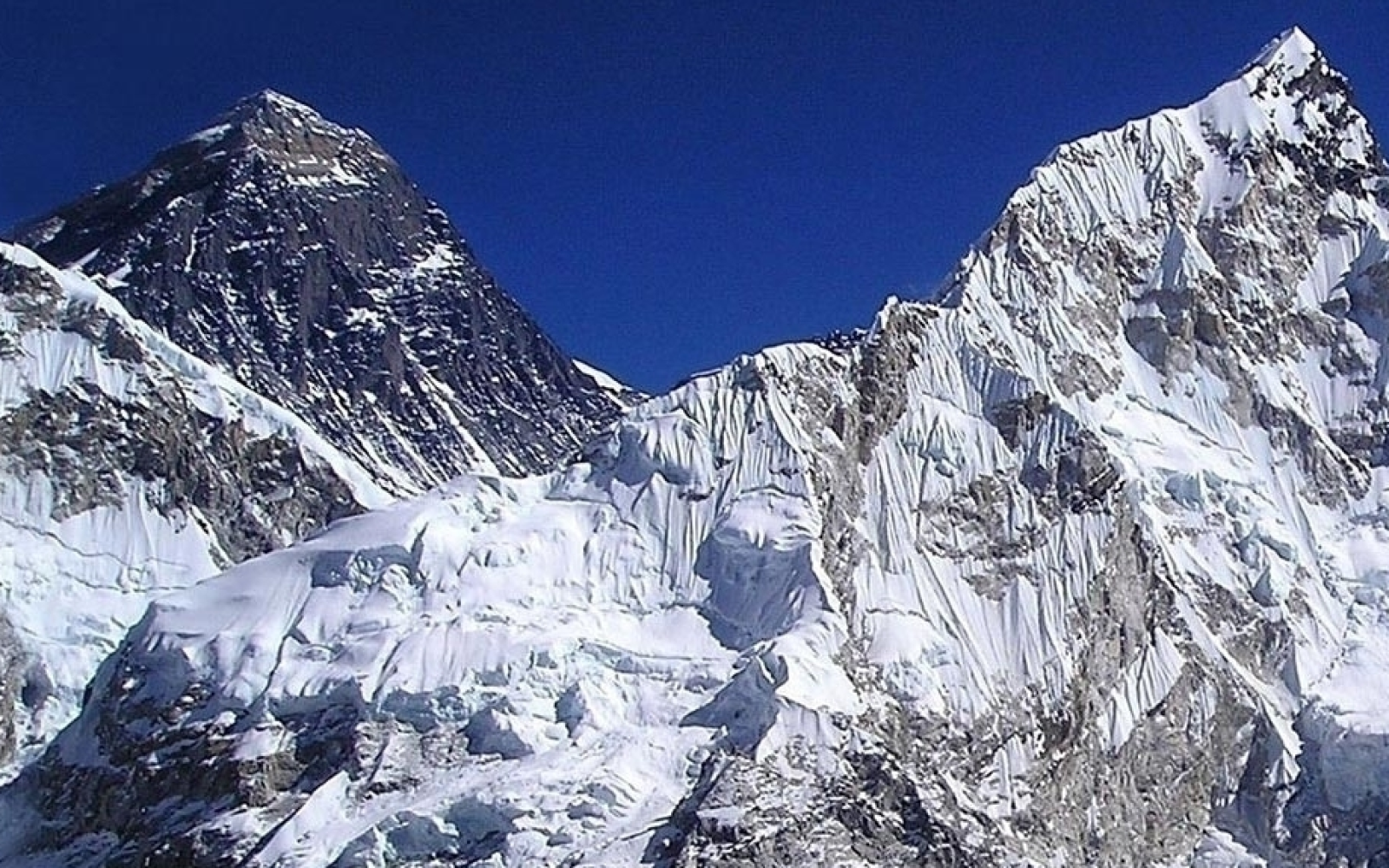
Thousands of enthusiastic hikers around the world have an ultimate dream to reach Everest Base Camp also known as EBC. Mt. Everest is the world's highest peak and is a Mecca for climbers and mountaineers and offers a sense of greatness to those who travel across it. Besides, the length of the Everest Base Camp Trek can range from 9 to 15 days, depending on your route, schedule, and level of acclimatization.
So if you are planning to trek through the majestic Himalayan and looking for safe guidance, you have come to the right place. Here, we've included all the information about a 17-day trekking itinerary from Kathmandu, Nepal, to Mount Everest's base camp.
The Everest base camp trek, one of the most popular trekking routes in the world, is a literal gateway to heaven because it mixes stunning scenery with amazing adventure. People climb Mount Everest to demonstrate their courage in the face of hardships. Some people simply wish to stroll around the highest peaks and take in the magnificent views of peaks like Everest, Lhotse, Nuptse, Pumori, and Ama Dablam.
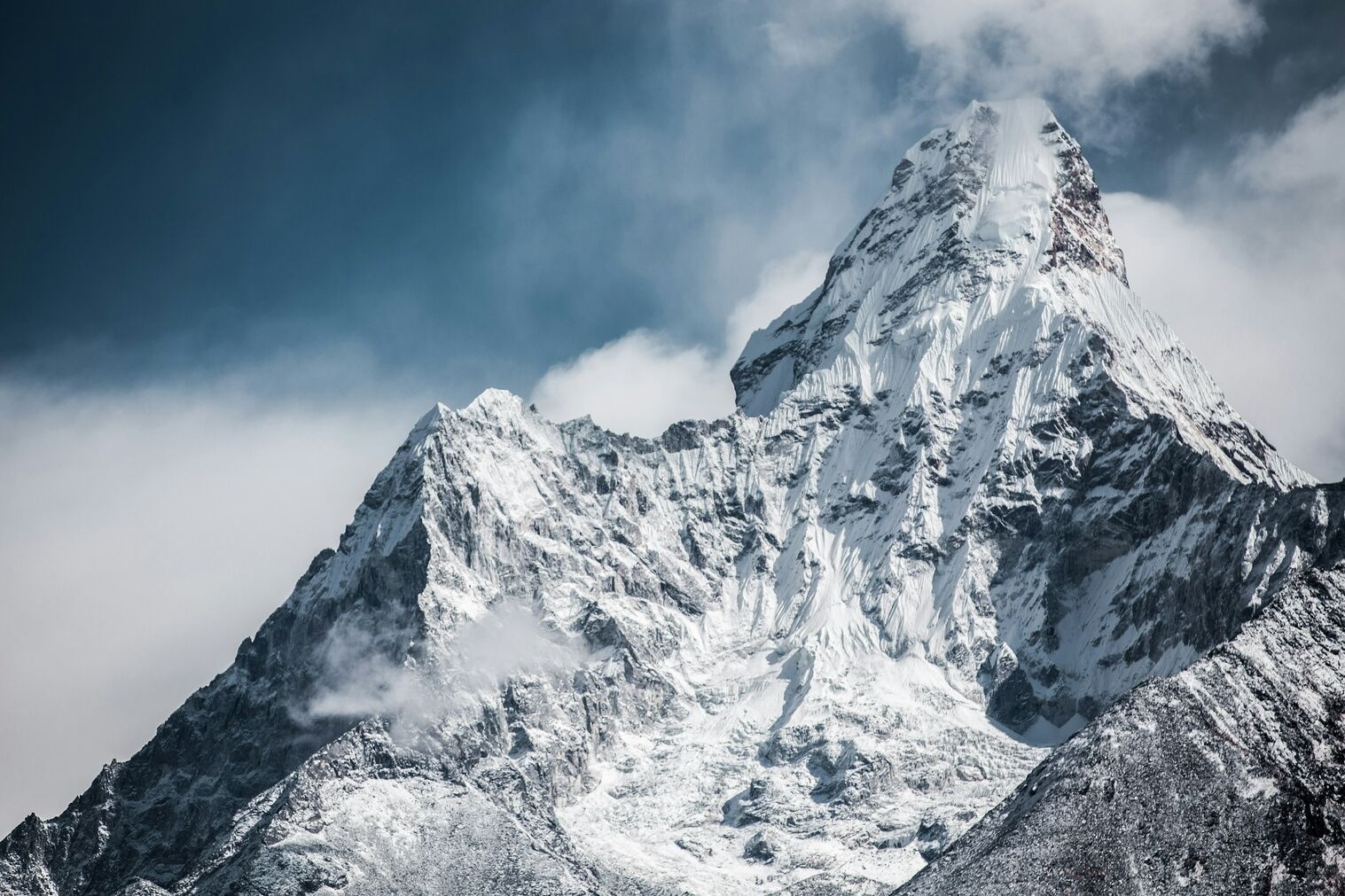
You will witness some of the most breathtaking Himalayan landscapes on your hike, with sights that cannot be found anywhere else in the world. You'll be astounded by the mountains' size and have an overwhelming feeling of connection with them. The Everest Base Camp Trek is a once-in-a-lifetime opportunity for many trekkers. It is not a trip for tourists and necessitates extensive preparation. However, it is not some luxurious tourist trip and requires much training and planning ahead of time.
Everest Base Camp is surrounded by some of the most famous mountains on Earth and is situated at the base of the Khumbu Glacier. It can be found on either of Mount Everest's two sides. South Base Camp is situated in Nepal at an altitude of 5,364m and North Base Camp is situated in Tibet at 5150m. Mountain climbers primarily utilize these camps to climb and get down from the highest mountain in the world.
The Everest Base Camp Trek on the Nepalese side is one of the most well-known trekking routes in the Himalayas. South Base Camp and almost all of Nepal's Everest Base Camp trek route lie within Sagarmatha National Park. Sagarmatha National Park is well-known for its towering peaks, glaciers, steeps, forested valleys, secretive snow leopards, and the Sherpa inhabitants. Besides, Sagarmatha is the Nepalese term for Mount Everest.
The Everest Base Camp is moderately challenging. The EBC Trek does not require any prior trekking experience, although it is advised that the trekker should remain committed and in good physical condition. This trek rises as high as 2,500 meters in 14 days. This suggests that you will climb far more slowly during an Everest base camp hike, giving your body more time to adapt.
Additionally, as the journey to Everest Base Camp typically takes 12 days to complete, you will be traveling around 15 kilometers every day. Since the average walking speed will be around 5 km/h, 15 km per day does not sound too bad. The altitude is regarded as one of the main challenges of EBC among its many challenges. This trek begins at 3,000 meters above sea level, and the base summit is located at 5400 meters above sea level.
EBC has a climate that is identified as a mountain plateau climate, which can be cold all year round. The coldest part of the year is often from mid-December to January when the average temperature is -17 degrees Celsius. Everest is covered in snow throughout the year, and the average daytime temperature is 17°C, dropping to 2°C at night.
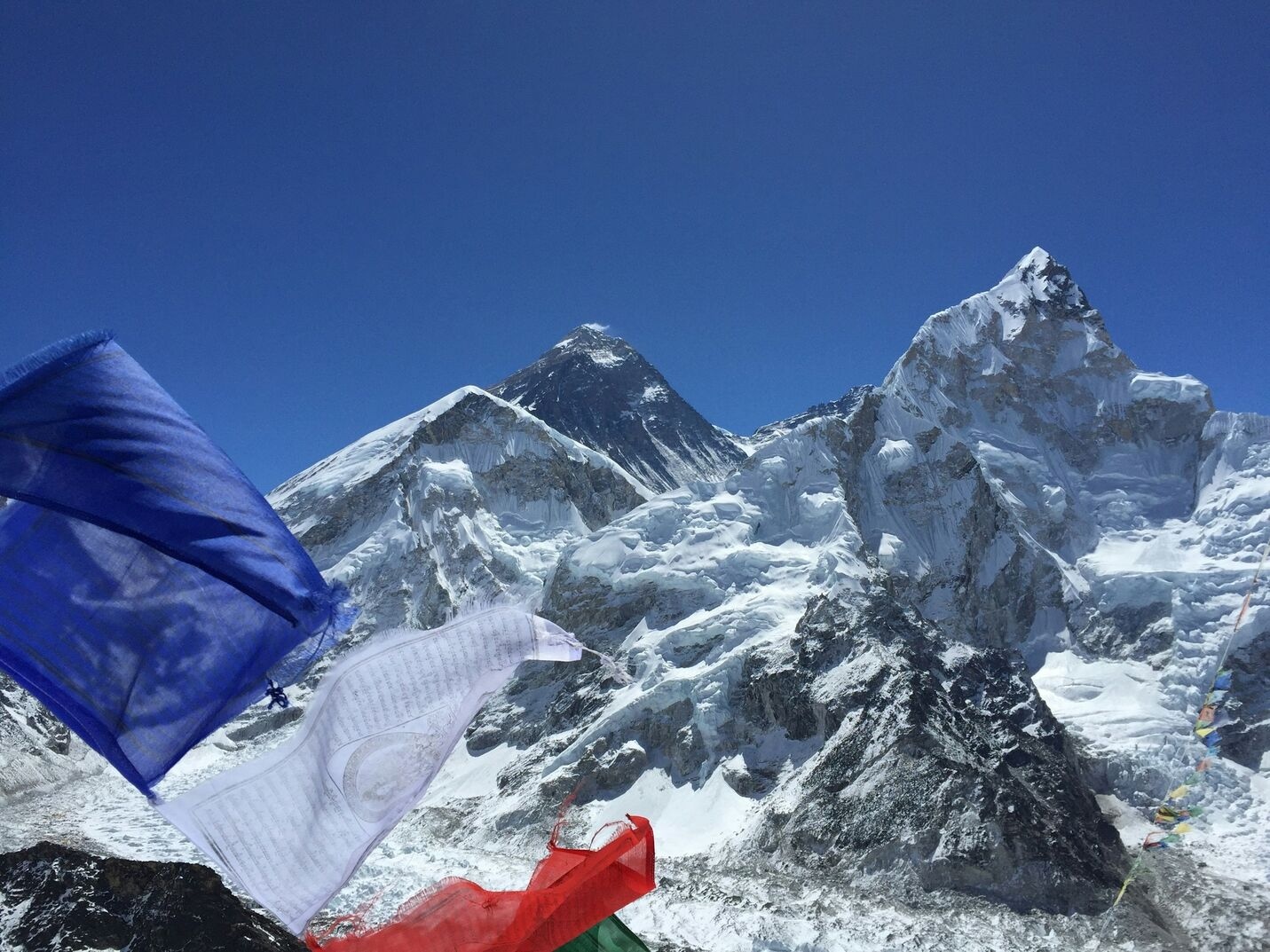 Trekking is best done in the spring (March to May) or fall (October to November). The main trekking seasons are late September through November and February through May when Base Camp temperatures can reach as low as -6°C and conditions are generally steady. These seasons lack the heavy snowfalls of winter and the monsoonal rains of summer.
Trekking is best done in the spring (March to May) or fall (October to November). The main trekking seasons are late September through November and February through May when Base Camp temperatures can reach as low as -6°C and conditions are generally steady. These seasons lack the heavy snowfalls of winter and the monsoonal rains of summer.
Trekking to Everest Base Camp is simple and easy, taking 6 to 7 hours every day from 7 am after breakfast until 3 or 4 pm. Starting at Lukla, the route to Everest Base Camp passes through Phakding, Namche Bazar, Tengboche, Dingboche, Dughla, Lobuche, and Gorak Shep before arriving at the summit. Even though the return path is the same, walking the opposite way offers equally beautiful views. We offer the best itinerary for Everest Circuit Trek.
Day 1: Arriving at Kathmandu and shift to hotel
Day 2: Morning tours of Kathmandu heritage sites, afternoon drive to manthali/Ramechhap for flight to Lukla, the next morning.
Day 3: Fly to Lukla 2820m, and trek to Phakding 2645m- 4 hrs
Day 4: Trek to Namche Bazar 3440m- 6 hrs
Day 5: In Namche for accommodation and a short scenic hike
Day 6: Trek to Tengboche 3867m- 5 hrs
Day 7: Trek to Dingboche 4340m- 5 hrs
Day 8: Rest in Dingboche for accommodation and a short excursion
Day 9: Trek to Lobuhce 4960m- 5 hrs
Day 10: Trek to Everest Base Camp 5364m and back to Gorak Shep- 6 hrs
Day 11: Climb Kalapathar 5545m and trek to Pangboche 3900m- 6 hrs
Day 12: Trek to Kyang-Jima 3650m through Thyangboche- 6 hrs
Day 13: Trek to Monjo 2880m through Namche Bazar- 5 hrs
Day 14: Trek to Lukla 2850m- 4hrs
Day 15: Fly from Lukla to Kathmandu
Day 16: Free day for Contingency and individual activities
Day 17: International departure for homeward bound
The Everest Base Camp trek packing list should include items such as clothing, footwear, headgear, sleeping bags, trekking poles, toiletries, and more. The packing list is by no means perfect because you don't need to bring everything that is suggested. It may and needs to be modified to suit your requirements and preferences.
Clothing
As you may be aware, the route to Everest Base Camp is tough and requires an elevation rise of 2,800 m to 5,600 m. Thus, you will need multiple layers of clothing to stay comfortable in varying temperatures. You'll need to have:
2 base layers shirt
2 trekking shirts
2 pairs of trekking pants
Thick down jacket
2 Fleece pants
1 Hiking Shorts
Rain-proof jacket and pants
Winter hat/Woolen Cap
Gloves or mittens
10 Underwear
10 Hiking shocks
Quick List of Footwear
Trekking Gear
A new permit system has recently been put in place in the Everest Region as a result of decentralization. To enter Everest Base Camp, you must possess both the Khumbu Rural Municipality Permit and the Sagarmatha National Park Entry Permit.
The existing TIMS Card was replaced by this new permit on October 1st, 2018. Every international visitor is required to pay NPR 2000(around 15 USD) directly to the local government of Khumbu. Please be aware that these licenses cannot be acquired in Kathmandu. You may get this in Lukla if you are flying through that town. However, you can also obtain this permit in Monjo if you are traveling from Jiri or Salleri.
2. Sagarmatha National Park Entry Permit
You can get this permit either in Monjo at the Park Entrance Gate or in Kathmandu at the Nepal Tourism Board Office. The price per person is NPR 3000(around 23 USD). The easiest approach is to purchase this at Monjo.
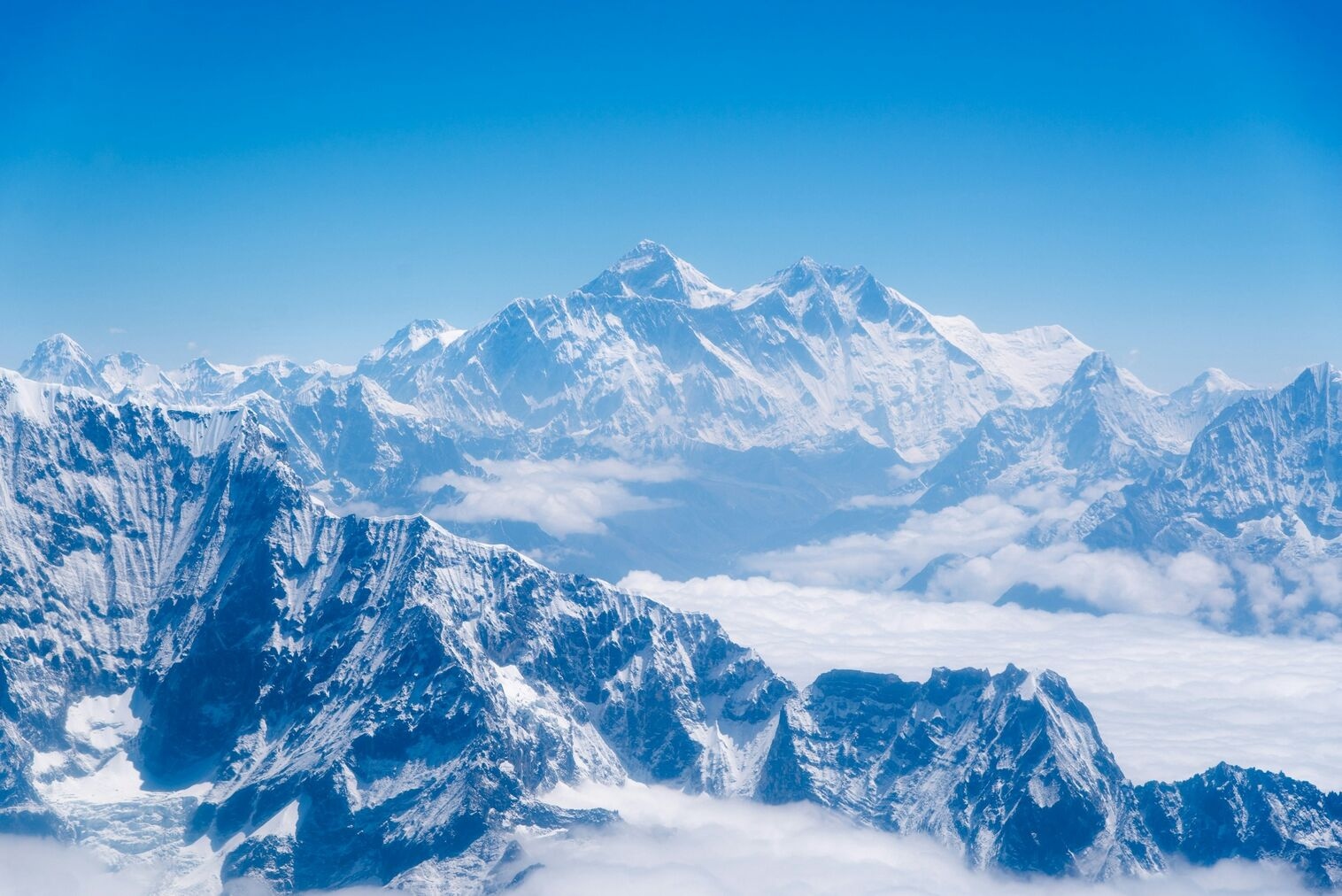 In addition to permits, you'll need several other documents. For the Khumbu Pasang Lhamu Rural Municipality and the Sagarmatha National Park Entrance Permit, you require your passport details. Two photos are required for the Gaurishankar Conservation Area Project Entry Permit, and you also need to fill up a short form to obtain the permit. Only local currency is accepted for payment of all of these expenses.
In addition to permits, you'll need several other documents. For the Khumbu Pasang Lhamu Rural Municipality and the Sagarmatha National Park Entrance Permit, you require your passport details. Two photos are required for the Gaurishankar Conservation Area Project Entry Permit, and you also need to fill up a short form to obtain the permit. Only local currency is accepted for payment of all of these expenses.
Preparation for Everest Base Camp should focus on increasing cardio and physical endurance as well as becoming used to carrying a daypack uphill for extended periods. 8-12 weeks before your trek, you should start hiking or going on long walks at least once a week.
During the Everest base camp trek, you need to stay hydrated and we recommend drinking 4-5 liters a day. Additionally, you may require certain medications for the lengthy EBC trek in case of any sickness.
Water purification tablets: The Everest area's water supplies might not be suitable for consumption. Hence, you can use these water purification tablets to make water safe for drinking.
Diamox Tablets: These anti-nausea pills help you in overcoming the effects of altitude sickness.
Blister plasters: They will protect you from cuts, blisters, and other small wounds during the trek.
Oximeter: It detects your heart rate and provides readings on the oxygen saturation levels in your body. In this way, you can manage your altitude sickness.
Along with these items, you might also want to bring paracetamol, Neosporin, imodium, cold medications, etc which could be vital during your trip.
There isn't an exact price for the Everest Base Camp Trek. A 12- to 15-day trek typically costs $ 1200 to $1500 per person for the regular EBC Trek package. Permits, roundtrip airline tickets from Kathmandu to Lukla, lodging, and food are typically included in that cost. Although, the booking price won’t include visa fees, trekking, and travel insurance.
Additionally, if you choose a luxury lodge trek, it will cost you between $2500 and $3000 per person, and an Everest helicopter trek will cost you between $4,000 and $5,000 per person.
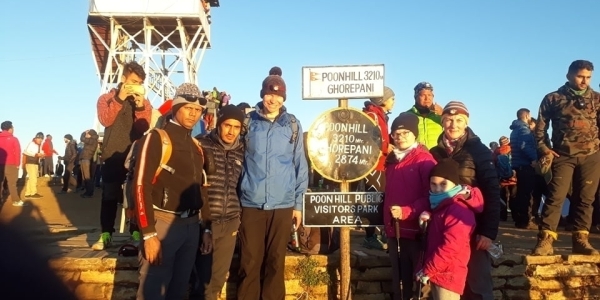
Nepal is a small landlocked country located in South Asia, between India and China. It is known for...
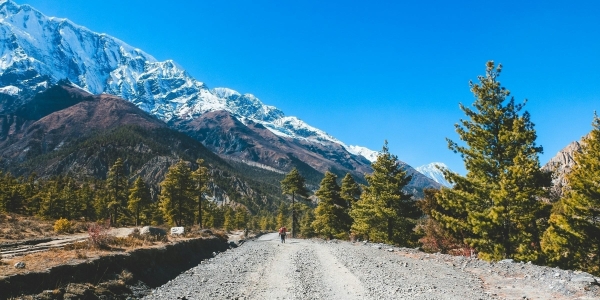
The Annapurna Circuit trek is a majestic trekking route in Nepal that carries a huge legacy. The Ann...

Nepal, nestled in the lap of the Himalayas, is a paradise for trekkers and adventure enthusiasts. Wi...
